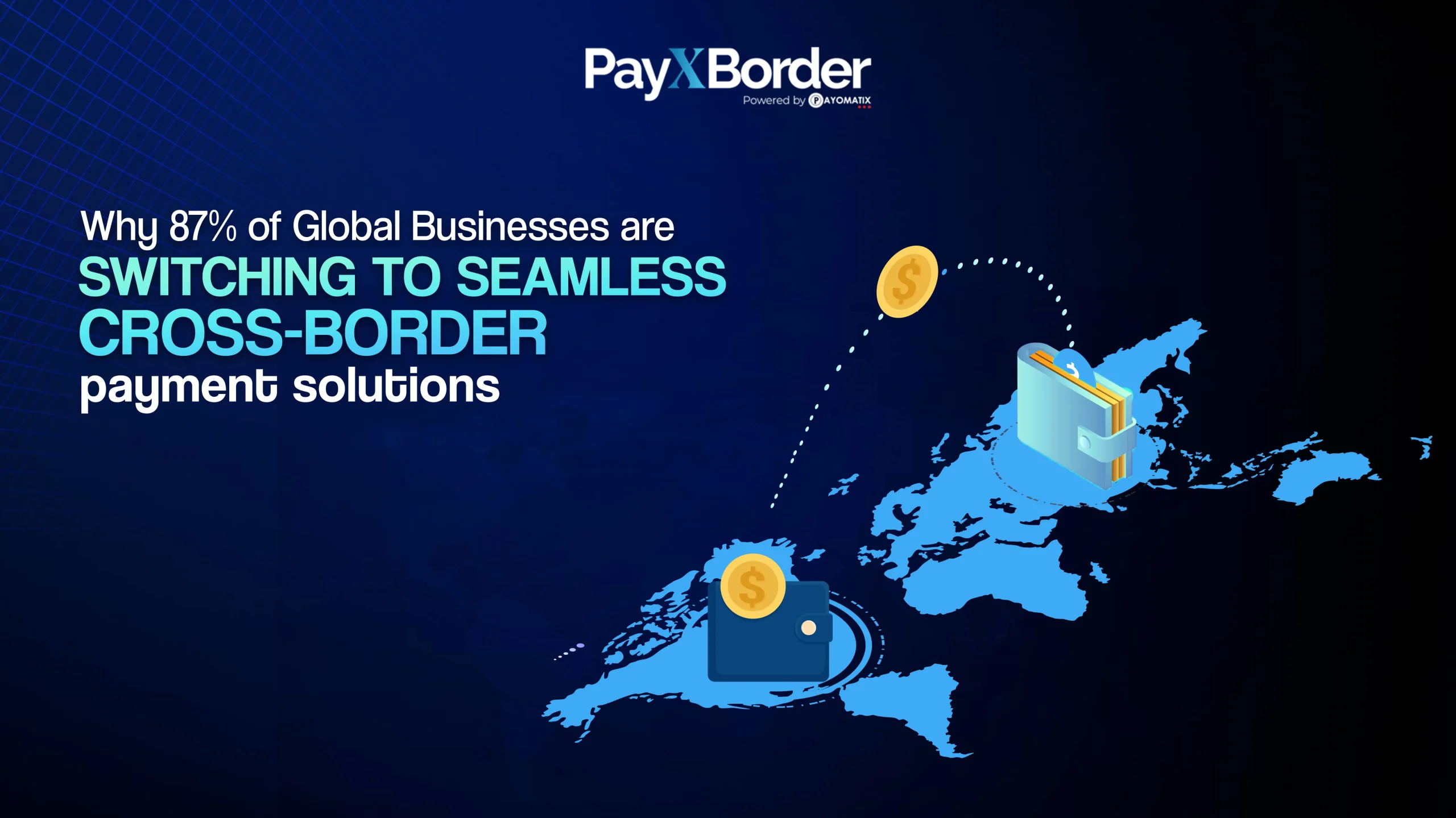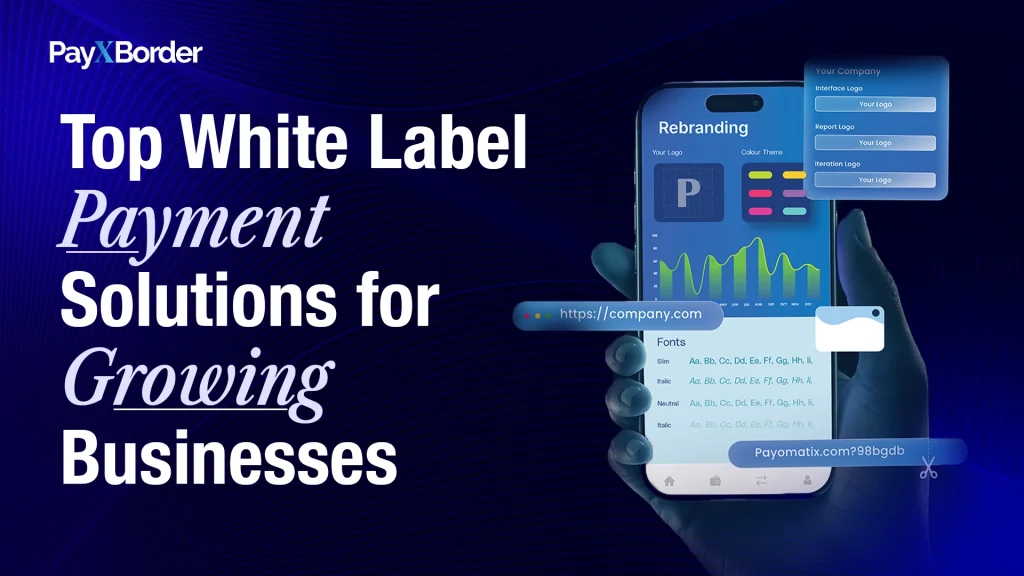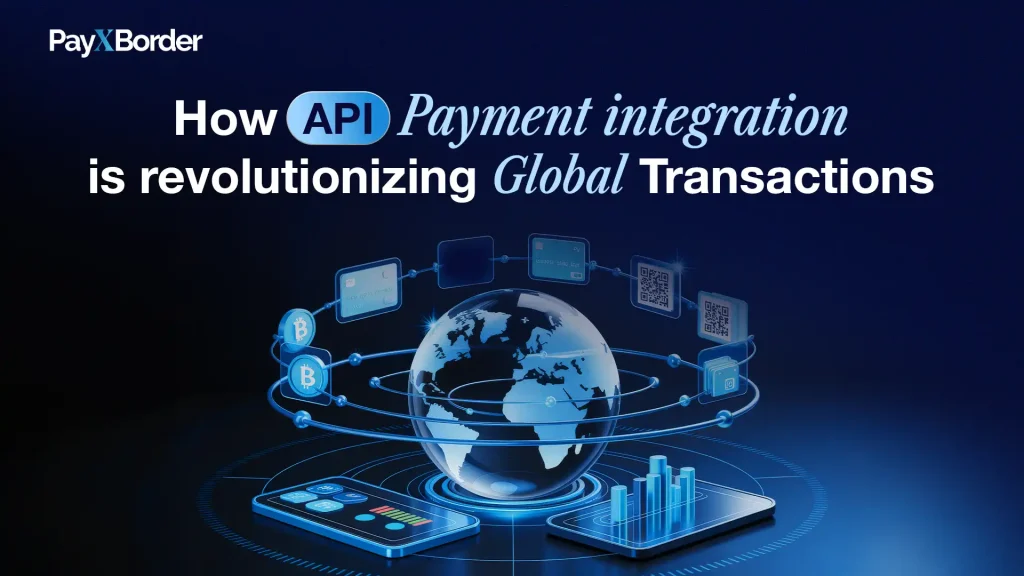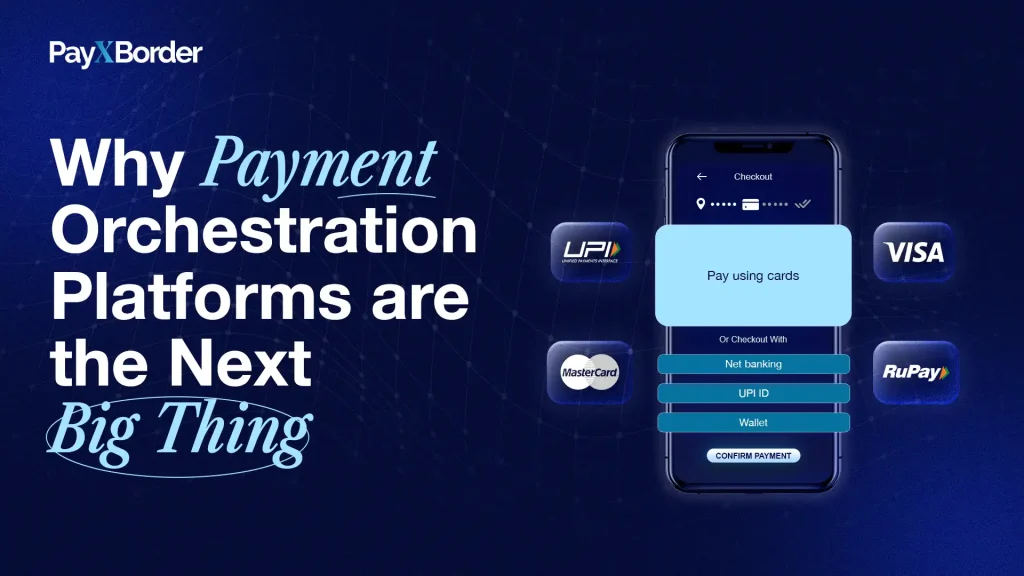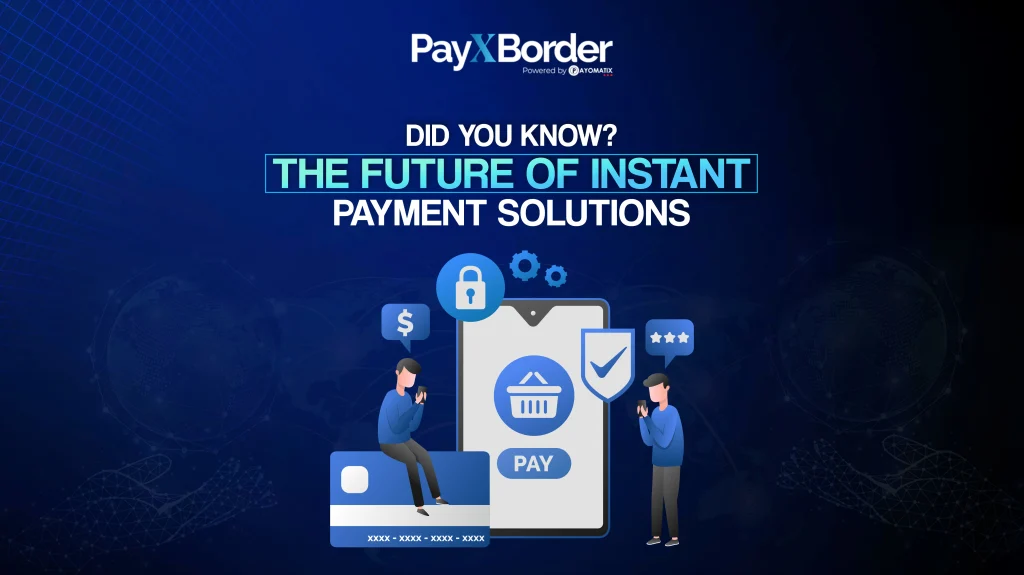Are Hidden Fees and Delayed Transactions Hurting Your Global Business?
Expanding internationally is no longer a luxury—it’s a necessity. But traditional banking systems make Cross Border Payment a costly and time-consuming process. 87% of global businesses are now moving to seamless cross-border payment solutions to reduce fees, improve efficiency, and drive international growth. So, what’s causing this massive shift?
Let’s dive into why businesses are making this move and how you can benefit by choosing the right cross-border payment service for your transactions.
The Rise of Seamless Cross-Border Payment Solutions
In the past, businesses relied on banks and traditional financial institutions to handle international transactions. However, these methods come with excessive fees, compliance challenges, and slow processing times.
According to industry research, global cross-border payment volumes are expected to exceed $250 trillion by 2027. Companies now require fast, cost-effective, and transparent solutions to stay competitive.
Key Challenges Faced in Traditional Cross-Border Payments
Despite technological advancements, many businesses still face pain points in their international transactions:
- High Transaction Fees: Banks charge multiple hidden fees, including conversion rates and intermediary costs.
- Slow Processing Time: International wire transfers can take 3 to 5 business days or even longer.
- Lack of Transparency: Businesses often face unexpected deductions due to unclear fee structures.
- Complex Compliance Requirements: Navigating foreign tax laws and regulations is challenging.
- Limited Currency Support: Traditional payment methods offer limited multi-currency options, restricting businesses from seamless transactions.
Why Businesses Are Switching to Fintech Cross-Border Payment Solutions
Fintech companies, like PayXBorder, are revolutionizing the industry by offering cost-effective, fast, and secure payment alternatives. Here’s why businesses are choosing these modern solutions:
1. Cost Efficiency: Say Goodbye to Hidden Fees
Traditional banks impose high SWIFT fees, intermediary charges, and unfavorable currency conversion rates. A seamless cross-border payment service eliminates these hidden fees with a flat-fee structure, allowing businesses to save thousands.
2. Faster Transaction Settlements
Unlike bank transfers that take days, modern cross-border payment solutions process transactions within minutes or hours. Faster settlements mean improved cash flow and quicker business expansion.
3. Enhanced Transparency with Real-Time Tracking
Businesses demand real-time visibility into their payments. Platforms like PayXBorder provide live tracking, ensuring full transparency at every stage of the transaction.
4. Multi-Currency Support for Global Expansion
Expanding internationally requires seamless multi-currency support. With fintech solutions, businesses can send and receive payments in 50+ currencies without worrying about conversion hassles.
5. Compliance & Security: Stay Ahead of Regulations
Modern cross-border payment services come with built-in AML (Anti-Money Laundering) and KYC (Know Your Customer) compliance, ensuring businesses meet global financial regulations effortlessly.
Industries Benefiting from Seamless Cross-Border Payment Solutions
The shift towards modern payment solutions is not limited to one sector. Businesses across industries are reaping the benefits, including:
- E-commerce & Retail: Global merchants can accept payments in multiple currencies without high transaction fees.
- Freelancers & Digital Agencies: Quick, cost-effective payment solutions help freelancers receive payments internationally.
- Importers & Exporters: Faster settlements and low-cost transactions reduce trade complexities.
- SaaS & IT Companies: Seamless payment integration enables businesses to manage international subscriptions effortlessly.
Choosing the Right Cross-Border Payment Provider
With many payment providers in the market, selecting the right one is crucial. Here’s what to look for:
- Transparent Fee Structure: Ensure there are no hidden costs.
- Fast Processing Times: Opt for providers with real-time or same-day settlement.
- Multi-Currency Support: A provider that supports multiple currencies helps businesses scale internationally.
- Regulatory Compliance: Make sure the platform follows global financial standards.
- Customer Support: A responsive support team is essential for smooth operations.
Why PayXBorder is the Ultimate Cross-Border Payment Solution
PayXBorder offers a flat-fee model, real-time tracking, multi-currency support, and fast transactions to help businesses scale internationally without financial stress.
Key Features of PayXBorder:
- Competitive FX Rates: Save on conversions with real-time, low-cost exchange rates.
- Instant Wallet Transfers: Send and receive payments instantly.
- Seamless API Integration: Integrate payments into your business effortlessly.
- Secure & Compliant: AI-driven fraud detection and AML compliance.
- 24/7 Customer Support: Get assistance whenever you need it.
Conclusion: The Future of Global Business Lies in Seamless Payments
The global business landscape is evolving, and traditional payment methods are no longer enough. With 87% of businesses shifting to seamless Cross Border Payment solutions, now is the time to optimize your payment process.
🚀 Don’t let high fees and slow transactions hold you back. Join PayXBorder today and take your business global with ease!
📧Email: payxborder@payomatix.com

